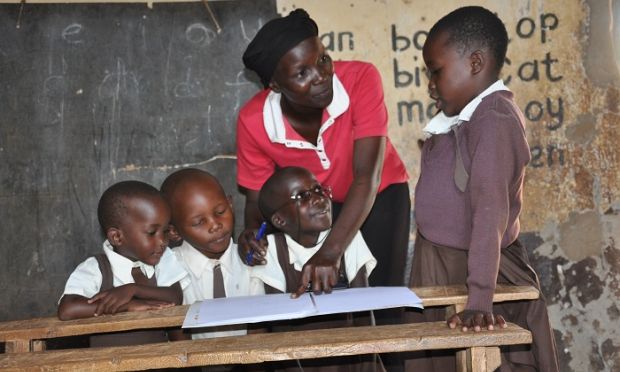
Kenyan language scholars have for decades advocated and written about the role mother tongues should play in the country. The challenge has been that those who champion this approach don’t control public resources. The result is that nothing ever gets done about it. Kenya is a multilingual country with over 42 different indigenous languages. In addition, foreign languages are used by minorities in major towns and in some learning institutions. The most dominant foreign language is English which is an official language alongside Kiswahili. Foreign languages especially English enjoy the highest positive attitudes in regard to their acquisition and use. To many Kenyans, the perception is that a knowledge of English is a true sign of having
Kiswahili, the national language, enjoys widespread acceptance and use. It’s an inter-ethnic language of communication and

But perceptions might gradually shift with the inclusion of these indigenous languages in Kenya’s new curriculum. The country’s language-in-education policy states that indigenous languages should be used to teach children from grade one up to three. This policy has been in existence
But that might be about to change with the launch of the competence based curriculum already under implementation in grades one up to three. The new school system places emphasis on developing learner abilities rather than preparing learners to pass national examinations as has been the case. It is an approach that puts the learner at the centre of learning activities and in which mother tongues are likely to assume fresh significance.
The importance of the rebirth of the use of indigenous languages in schools in Kenya cannot be overemphasised. It could have a profound effect on children’s educational outcomes, as well as much broader beneficial effects on the Kenyan society.

Research shows overwhelmingly that mother tongues are the most ideal tools for early child education. In a variety of countries, such as South Africa, Ethiopia, Papua New Guinea, studies indicate that the mother tongue medium is the best for early school education. This is particularly true in sub-Saharan Africa where research has shown that early education based on a child’s mother tongue gives them a head start in their literacy and language learning.